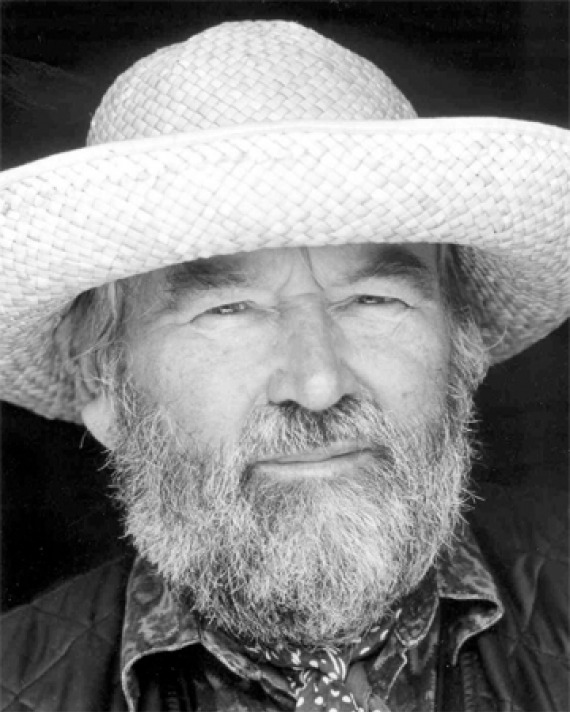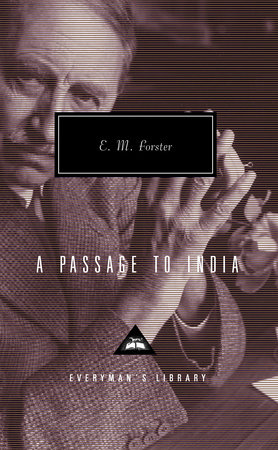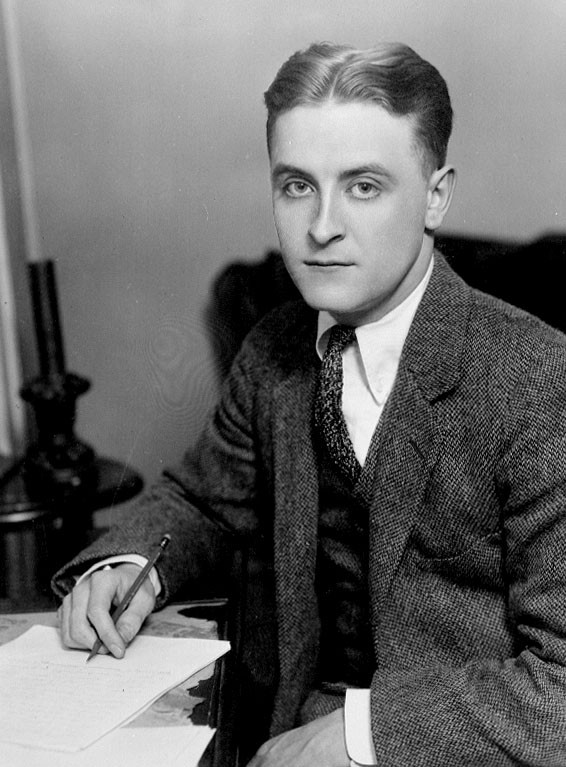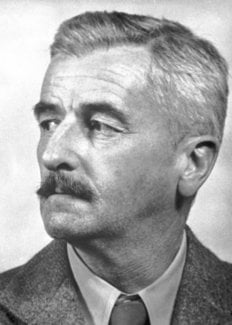John Robert Fowles was born into a lower middle-class home in Leigh-on-Sea, Essex. The characters in his novels are often unconventional, following paths that set them against society, some times successfully, but more often with unintended and unfortunate consequences. Best known for The French Lieutenant's Woman (1969), Fowles is widely recognised as an important figure in the development of the novel, his handling of the form having done much to advance the art of fiction writing.
He became
interested in existentialism as exemplified in the writings of Albert Camus and
Jean-Paul Sartre, and found their emphasis on the importance of the individual
will particularly appealing. After taking his degree in 1950 he taught overseas
for several years, first in France. where he met the woman who was to become
his wife, and then on the Greek island of Spetsai.
Towards
the end of 1960, when Fowles was teaching in England, he completed the first
draft of ‘The Collector’ in four weeks. He revised it over the next two years
and it was finally published in 1963. The novel quickly became a best-seller
and Fowles was at last able to achieve his ambition of becoming a full-time
writer.
The
narrative of The Collector is presented in the first person, alternating
between the viewpoints of the two protagonists. The novel deals with the
obsessive desire for possession and misunderstandings between people of
different classes. In the story, a young working-class clerk and butterfly
collector, Freddie Clegg, wins a lottery. His financial independence and
collector's instinct lead him to buy a house and devote his time to trying to
win a girl with whom he is obsessed, Miranda, a middle-class art student.
Freddie
kidnaps Miranda and keeps her captive. They achieve a limited amount of
communication, but Miranda cannot live without liberty and, like the butterflies
Freddie captures for his collection, she dies. Freddie buries her and at the
end of the book has already chosen his next victim.
In the
naming of his characters Fowles makes reference to Shakespeare's last play. The
Tempest. Miranda is the name of Prospero's daughter in the play and the Miranda
of The Collector gives Freddie the nickname 'Caliban', the name of a monster
like, sub-human character.
The
Collector, with its mixture of realism and fantasy, and its exploration of the
consequences of absolute power in the hands of an obsessive, looks forward to
Fowles's second, more ambitious novel, The Magus (1966). which also has
references to The Tempest. In The Magus a young Englishman, Nicholas Urfe,
takes a teaching job on the Greek island of Phraxos to escape from a failed
love affair. From this realistic beginning, Urfe finds himself entrapped in a
mythical world of fantasy and illusion, created by the Prospero-like figure of
the Greek ‘magus’ or magician, Conchis. The story progresses with a magical,
sometimes nightmarish. intensity, Urfe's unnerving experiences unfolding as a
pageant created for his edification.
In his manipulation of the confusion between illusion and reality Fowles makes The Magus, on one level, a novel about fiction itself. He was one of the first British writers to use magic realism, which was not then part of the English novelist's stock-in-trade, and the meaning of the novel was often missed by contemporary critics. The meaning lies in the way Urfe gains self-knowledge by confronting hitherto unexplored complexities of his own character, which are presented in Jungian terms, and reassessing the history of his century, including the coming to power of the Nazis.
Fowles
used his wide knowledge of Victorian novels to write a pastiche of one in The
French Larutenant's Woman (1969), while at the same time deconstructing the
traditional form. In the story, Sarah Woodruff, one of the protagonists, is an
enigmatic figure, believed to be pining for a French soldier who is thought to
have been her seducer. Fowles contrasts Sarah with his more conventional
heroine, Ernestina Freeman, engaged to marry the amateur palaeontologist
Charles Smithson. With a touch of literary irony, the three meet on the Cobb at
Lyme Regis, where Jane Austen set the climactic episode of her novel
Persuasion.
The novel
is set in 1867, exactly 100 years before Fowles wrote it, and is concerned with
the juxtaposition of past and present. The exactness of the historical detail,
in descriptions of such items as clothes and houses, highlights the differences
between the Victorian era and our own, as a background to the examination of
the contrast between Victorian social mores and our own. By setting the novel
in that period, and referring to Smithson's interest in fossils, Fowles also
emphasised the split that had divided science and religion at that time.
In The
French Lieutenant's Woman Fowles deconstructs the traditional elements of the
novel, such as the steady development of character, the chronological progress
of the storyline and the overall authority of the storyteller. Fowles
introduces himself into the novel, commenting directly on the actions and views
of his characters and, rejecting the neat conclusion found in most Victorian
novels, offers multiple endings, the reader being free to choose the one deemed
most appropriate The novelist is aware, self-conscious and makes us aware of
the fictional nature of all fiction, however 'true to life' it may appear to be.
Fowles's
experimental postmodern form of narrative, which has been called metafiction, a
fiction about fiction has antecedent in the English tradition of novel writing.
In Tristram Shandy Laurence Sterne addresses his readers directly about his
characters and the development of the plot, and at least one Victorian novel.
Charlotte Bronte's Villette, has an ambiguous ending.
In The Ebony Tower (1974), a volume of short stories, Fowles pursued the idea of metafiction even further when in the, story ‘The Enigma’ he made the characters know, themselves to be fictional.
In the
story Ebony Tower, which owed its inspiration to 'Eliduc, a twelfth-century
story by Marie de France, Fowles explores the life of an artist, William
Breasley. Breasley has become a recluse, railing against both the art
establishment and the abstractions of modern art. David Williams, an English
art critic, comes to France to interview Breasley, becomes entangled with two
young art students, Anne and Diana, with whom he lives, and, like Urfe in The
Magus, finds himself caught up in a bewildering mixture of illusion and
reality.
Fowles's
later works include Daniel Martin (1977), a complex novel covering three
decades in the life of the eponymous protagonist. Mantissa (1982), a fable
about a novelist and his muse, and A Maggot (1985), an eighteenth-century
mystery story which combines science fiction and history and is written in the
same layered style as The Magus.
In The Aristos (1964), a work of non-fiction, Fowles discussed his philosophical ideas which are the basic tenets of his fiction. He has also written several books about Lyme Regis and served as honorary curator of Lyme Regis Museum.
The
Collector, The Magus and The French Lieutenant's Woman were all made into
films, the screenplay for The French Lieutenant's Woman being written by Harold
Pinter.



